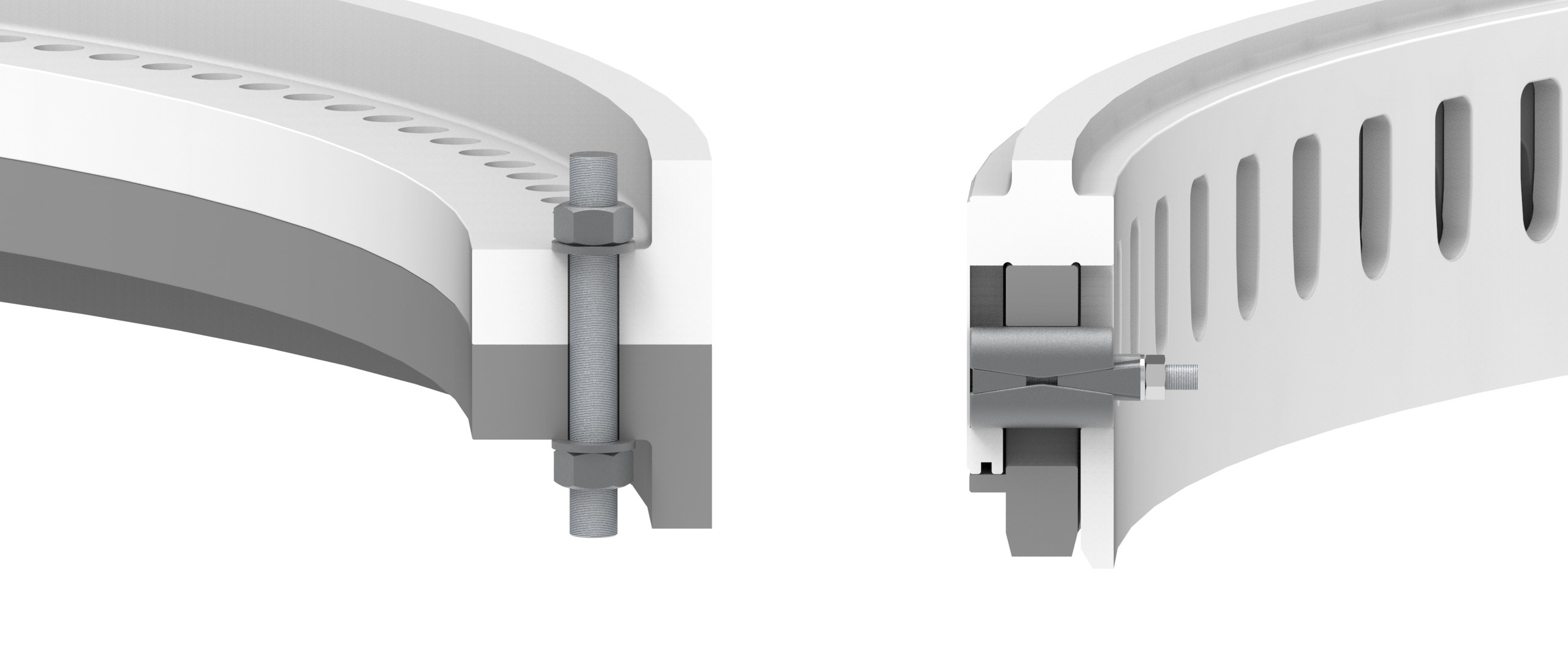Nonlinear FEA
Nature in itself is nonlinear!
When it comes to analysis of structural problems, assumptions of linearity in the system are made to quickly find a reasonable solution. However, it is not always possible to adopt this simplified approach.
When considering a linear relation between the applied loads and the calculated displacements not enough reliable data may be recovered for an accurate evaluation of the results. In these cases a correct representation of the structural nonlinear behavior is needed.
Three reasons for nonlinear behavior
Changing status
The behavior of the structure is a function of its status and this changes during the analysis. A particular example of this nonlinearity is represented by the presence of contacts, a very common feature of many assemblies. Is it expected for the structure to vary its status due to some parts coming in contact? Are the contacting parts opening due to the experienced loads?
Geometric nonlinearities
The response of the structure changes when it experiences large deflections during the analysis. Is the structure undergoing large deformations so that its behavior will change?
Material nonlinearities
The stress vs. strain behavior of the material is following a nonlinear relation due to different causes, such as yielding or thermal effects. Is the analysed material expected to be loaded so that such nonlinearities can arise? Can the temperature field of the construction determine the rise of nonlinear effects in the material?
Right application of software
Although the finite element software have improved over the years in providing an easy analysis setup to solve nonlinear analyses, it is very important that these nonlinear calculations are performed based on appropriate assumptions.
Answers to questions as - Are the always present nonlinear effects expected to affect the results? What to consider? And how? - are fundamental for the correct outcome of the calculations!
The handling of the software in finding a convergent solution often requires a deep understanding of the used computer program: having started working with finite elements in the 1990’s we are confident in having one of the best software knowledge on the market!






